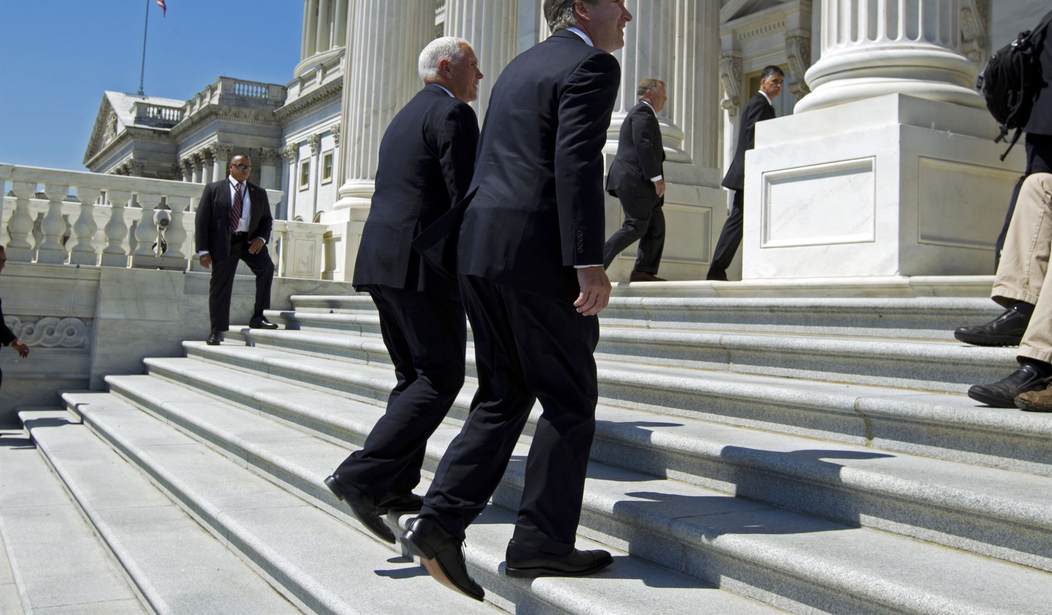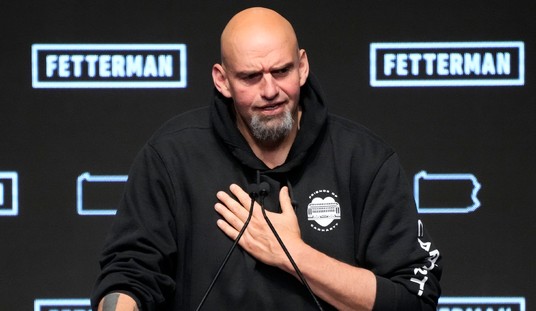One of my colleagues in the writing trade often reminds me that the ancient folk wisdom "Nothing succeeds like success" is misleading. Success is fragile, "and it's more accurate to say that nothing recedes like success," he says.
He may be on to something, and it's something the Democrats, who see decades of liberal judicial dominion fading, and the Republicans, who think they're on the cusp of success in their goal of restoring the U.S. Supreme Court to its early role of guarding the Constitution as written, would both do well to keep in mind. The brawl is only beginning over the confirmation of Judge Brett Kavanaugh to the high court.
About the only thing the Democrats and Republicans, conservative and the liberal alike, can agree on is that the stakes are great and a permanent conservative majority -- permanent as politics can make and measure it -- would make itself felt across the culture for decades to come.
The fiercest partisans of the two parties look at the courts in very different ways. Partisans of both right and left want to do good, as they measure good, but they approach using the courts, particularly the Supreme Court, in different ways. The Democrats and liberals, or "progressives," as they're calling themselves now, are impatient to use the courts as legislatures. Muscle dissent out of the way, by any means necessary, so the state can get on with doing its idea of good.
The Republicans and conservatives want to complete their agenda, too, but they don't want to make a superlegislature of the Supreme Court. They're willing to move more slowly, with what a court might call "all deliberate speed," to accomplish their aims. They want to protect and practice the Constitution as it was written at all costs, and to leave it to a real legislature, elected by the people, to make necessary changes if and when changes are necessary.
Recommended
Justice Sonia Sotomayor, one of the most liberal members of the Supreme Court, was caught on videotape in 2005, as reported by The New York Times, demonstrating this difference in a very stark way. Sotomayor, who was then a judge of the 2nd U.S. Circuit Court of Appeals in New York, told a group of law students that a "court of appeals is where policy is made." She recognized her gaffe immediately but did not quite correct it, adding: "And I know -- I know, this is on tape, and I should never say that because we don't make law. I know. OK. I know. I'm not promoting it. I'm not advocating it. I'm -- you know."
Nothing riles conservatives more than this idea that a court "is where policy is made." Policy is not meant to be made by judges. "A judge must be independent and must interpret the law, not make the law," Brett Kavanaugh was eager to say when he was introduced the other night by President Trump. "A judge must interpret statutes as written. And a judge must interpret the Constitution as written, informed by history and tradition and precedent."
The shift was a long time coming, encouraged and nurtured over four decades, and for a long time the movement was all but out of sight except for those in it. The liberal ideology at most law schools was challenged by a group of students at Yale Law School, the University of Chicago Law School and Harvard Law School in 1982 who organized the Federalist Society for Law and Public Policy Studies, which eventually became known just as the Federalist Society and grew to include such legal luminaries as former Attorney General Edwin Meese, former Solicitor General Robert Bork, former Supreme Court Justice Antonin Scalia and Supreme Court Justices Clarence Thomas, Samuel Alito and Neil Gorsuch.
The Society describes itself as "founded on the principles that the state exists to preserve freedom, that the separation of governmental powers is central to our Constitution, and that it is emphatically the province and duty of the judiciary to say what the law is, not what it should be."
The Society looks to the past for the virtue of judicial restraint as described by Alexander Hamilton, proving once more that the past, as Faulkner observed, is not dead because it is not even past. "It can be of no weight to say that the courts, on the pretense of a repugnancy, may substitute their own pleasure to the constitutional intentions of the legislature," Hamilton wrote in Federalist Paper No. 78. "The courts must declare the sense of the law; and if they should be disposed to exercise WILL instead of JUDGEMENT, the consequence would equally be the substitution of their pleasure to that of the legislative body."
Then-President Barack Obama, in a moment of exasperation, once told the Republican leadership, "Elections have consequences, and at the end of the day, I won." And so he did, but my skeptical colleague was right, too. Nothing recedes like success.
























Join the conversation as a VIP Member